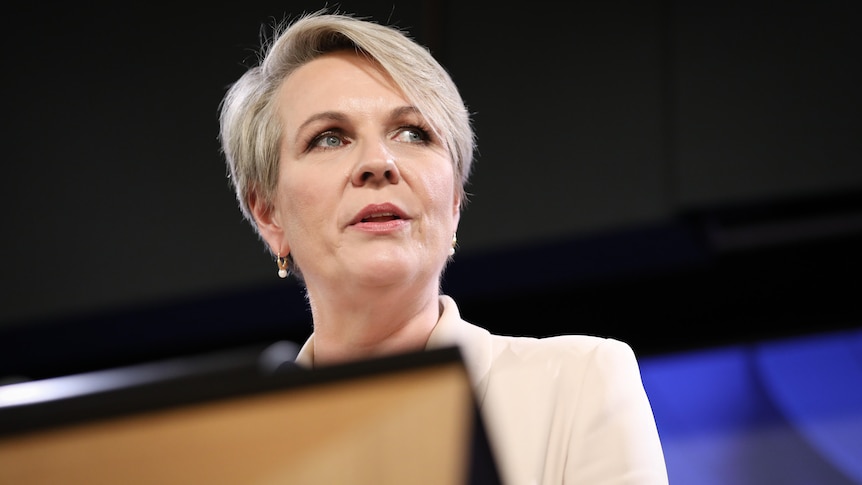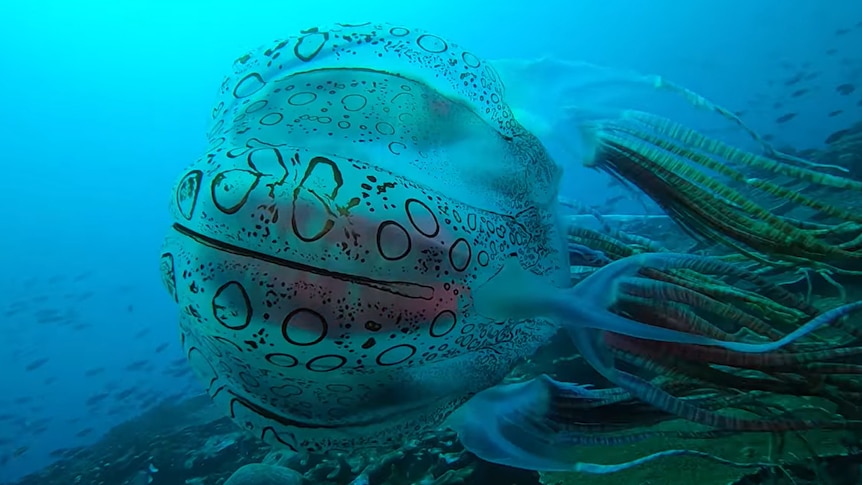Trawl fishers have ramped up calls for compensation following the federal government’s announcement that it will establish six offshore wind energy zones.
Key points:
- Commercial fishers say they should be compensated if they are barred from fishing in parts of the ocean
- They are particularly worried about the size of the areas that could become off-limits
- Star of the South is encouraging concerned parties to participate in the consultation process
Waters off Gippsland, Portland, the Hunter Valley, Illawarra, northern Tasmania, Perth and Bunbury have been earmarked for development.
But fishers are concerned they will be excluded from the sections of the ocean where the turbines are built.
The most progressed wind farm proposal is the Star of the South project in Gippsland.
“I think it’s obvious that Australia is moving to a lower carbon future,” South East Trawl Fishing Industry Association executive officer Simon Boag said.
“The problem we have is that the federal government has already given out rights … to go commercial fishing.
“Then they appear to be giving out a second set of rights to put in wind farms.
“The two are obviously to some extent mutually exclusive.”
Bottom line for fishers
Mr Boag’s organization represents the interests of owners, fishers and sellers in the trawl fishery of south-eastern Australia.
He said fishing or quota rights sat “in the balance sheets of fishing businesses”.
“Fishing businesses borrow against them. They’re bought and sold between fishing businesses,” Mr Boag said.
Fishers already work around oil and gas platforms in Bass Strait.
Mr Boag said the exploration phase for new oil and gas developments was intrusive for the industry, but the longer-term exclusion zones were only a few hundred square meters.
“These wind farms are more or less a 500-square-kilometre exclusion,” he said.
“We’re assuming trawlers can’t go in there.
“What we need and want is that if we’re giving up our rights to go fishing and they’re going to build a wind farm and we’re all going to enjoy the electricity … that the fishing industry is adequately compensated.”
A 60-day consultation period was initiated alongside last week’s wind energy zone announcement.
Star of the South acting chief executive officer Erin Coldham encouraged people who used the waters to engage in the consultation process.
She said Star of the South’s turbines would be between seven and 25 kilometers from the coast of Woodside Beach, McLoughlins Beach and Port Albert.
“We’re aiming to get power into the grid by the end of this decade and we think that’s important, noting Yallourn [power station] is closing by 2028,” Ms Coldham said.
.


